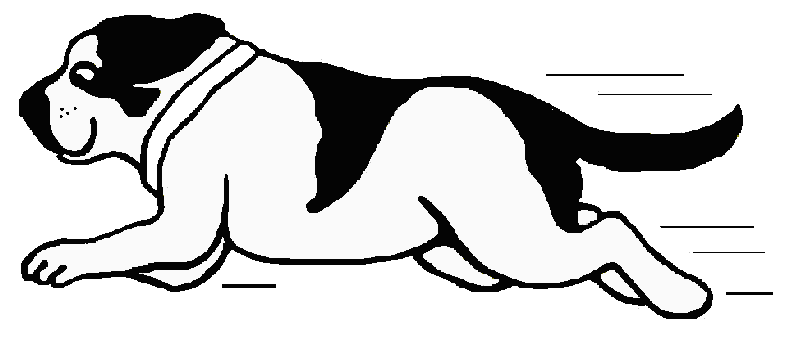|
Co-sponsors of the 2023 Winning Out
Certificates



| |
Thoughts
on it's application to agility
Martin Pollard, father of the electronic timer in the UK, first had a look at
Radio Frequency Identification (RFID)
while researching the Taryntimer four years ago. Consequently he was very interested in what
Tony di Bartolo had to say about it in his
article 21st Century Agility. Here
are his conclusions.
I
searched the Internet for information. The first site I came across was by a man in Canada. He
was fully into the store anti-theft systems and used to go down to shopping malls with a
frequency meter disguised as a Walkman. From this, he worked out the frequencies the various
makes of RFID systems in use, what kind of transmission they employed and other technical
points. Quite why he wanted this information he didnít say! Anyway at the time, I was
quite keen on the idea of RFID, and very nearly bought a second-hand store system from a firm
in Liverpool.
But I digress...
Tony
proposes two uses for RFID:-
-
Timing
-
Dog
identification
 Race
for time Race
for time
RFID systems are often used for timing competitors in marathons and road racing. The
athletes have a transponder fitted to the tops of their shoes or around their ankles. The
transponder is read when the runners cross a mat which has the reader aerials incorporated in
the fabric. The short range - top to bottom of shoe - is pretty well the same for every athlete
and gives constant results.
A dog
jumping is much more like an unguided missile. I have a feeling that the size of the dog, the
thickness of its fur, the weather, the wetness of the dogís fur, its height above the pole and
its approach path, would all have an effect on the range between dog and pole and thus the
accuracy of the timing. However, there may well be equipment out there that would overcome
these unknowns.
 RFID
is made for identification RFID
is made for identification
The problem here would be to ensure that the supply and fitting of personal collars
on the dogs - and presumably tags on the handlers - did not become hard work logistically.
How many collars would a dog need for one Show? This would presumably depend on the
memory size of the transponder. It seems much simpler to me to supply ring cards, which
nowadays have a lot of information on them, and then to go paperless. To operate electronically
the ring would only need a running order number, which is available on the ring card. On
entering this into the ring computer, all the information previously stored on that dog/handler
combination is opened. The time is taken from the timing set and faults from a scriber (or the
judge - possibly by a virtual reality glove!) and entered in the results file against the
running order number. This file would be sorted, at the end of the class, into place
order.
There
are quite a few systems in the continent of Europe and the USA using this method, but they are
expensive and are generally only used for top competitions. I think the near future will see
the simplification of these systems, particularly to make them cheaper. I would love to
venture into RFID, but I donít think agility is the right dog sport for it. Now, how
about putting on a dog marathon?
About the author...
On the evening
Martin Pollard started agility, by using his usual grace and dexterity, he demolished a
very sturdy pause box. The resulting embarrassment drove him to replace the broken parts, and
thus started Alvah Developments, which made agility equipment form 1988 to 1996.
His first dog
Mac-C, a bitch Border Collie-Irish setter X, was followed by Judy, a superb agility dog, who
rose to the ranks of Senior by ignoring all Martin's instructions.
After two years
Open University, Taryntimers came into being in 2000.
| |
|